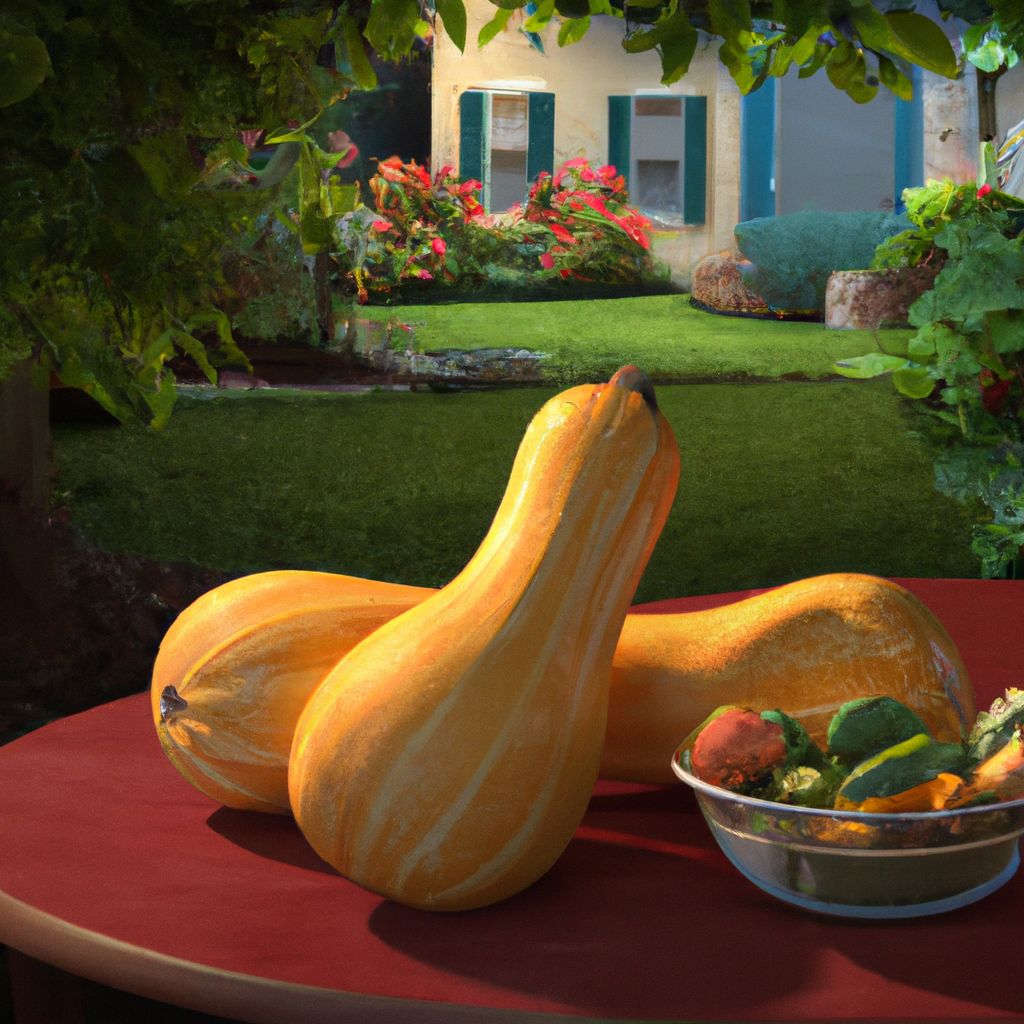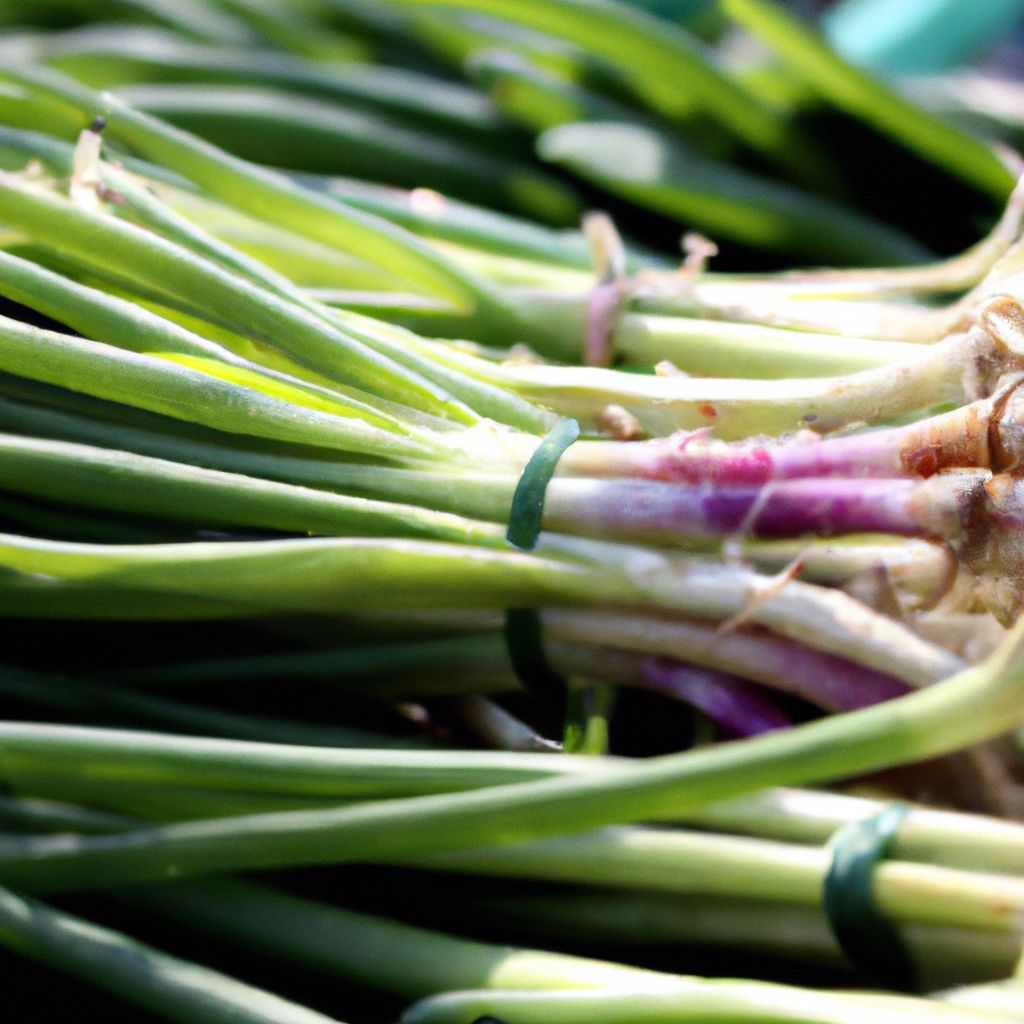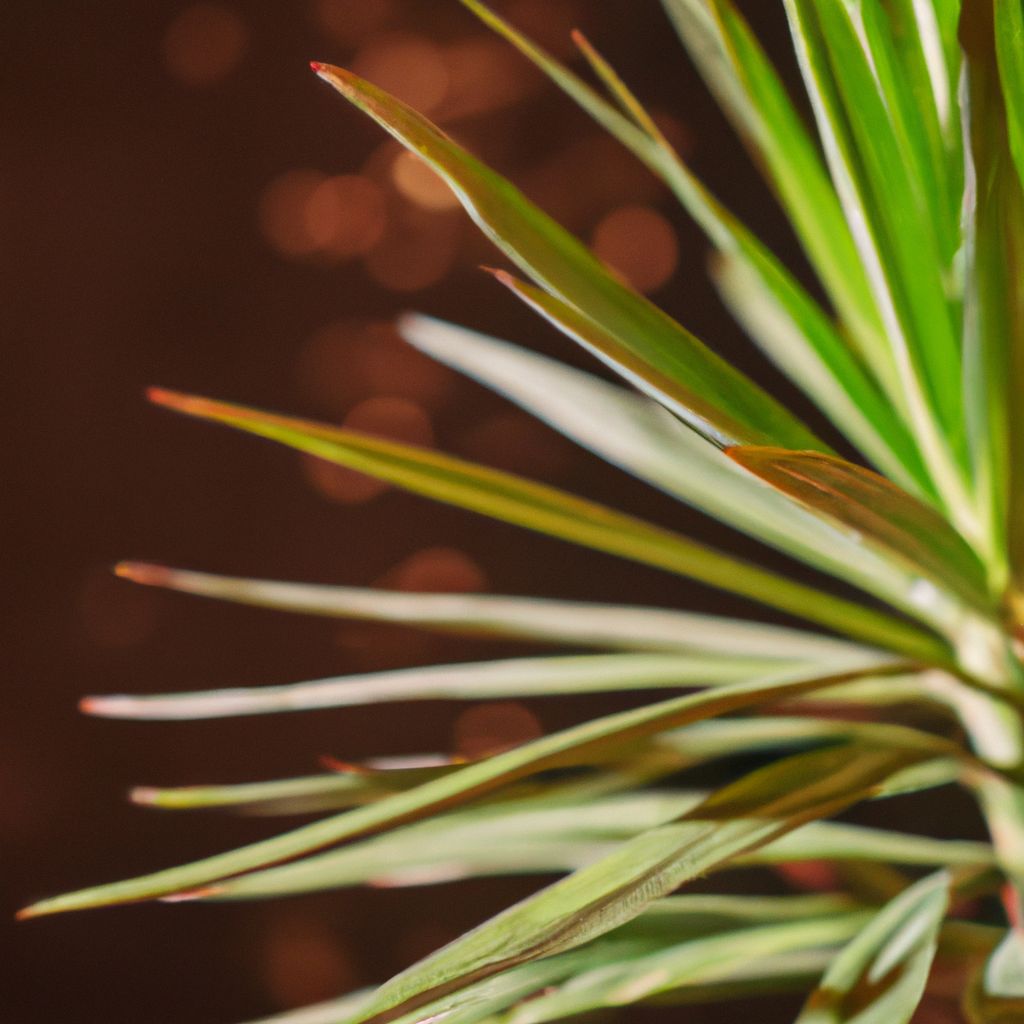Squash blossoms gardening can be a rewarding experience for gardeners seeking both beauty and flavor. The vibrant blossoms not only add aesthetic appeal but also offer a versatile ingredient for various dishes. This comprehensive guide covers everything from selecting the right varieties to harvesting and cooking with squash blossoms.
When to Plant for Optimal Growth
Timing is key when cultivating squash plants for their edible blossoms. Squash requires warm weather to thrive, so blossom production peaks during the summer months.
Here are some tips on when and where to grow squash blossoms:
- Plant in the spring or early summer once the threat of frost has passed. Squash is highly sensitive to cold temperatures.
- Ideal daytime temperatures for growth range from 65-75°F.
- Choose a location that receives full sun for at least 6-8 hours daily. Squash needs ample sunlight.
- Grow squash in zones 3-10. Those in cooler climates can start seeds indoors 4 weeks before the last frost date.
- In hot climates, plant squash in late summer/early fall for a fall harvest. Provide shade if temperatures exceed 85°F.
By planting at the optimal time for your climate, you can maximize blossom production and enjoy these delightful flowers all season long.
Selecting the Best Varieties for Prolific Blossoms
When starting your squash blossom garden, your variety selection will directly impact the abundance of blooms. Here are some top picks for prolific blossom production:
- Zucchini – One of the most popular choices, zucchini is highly prolific and produces blossoms steadily over its 40-55 day growing period. Both green and yellow varieties thrive.
- Yellow Crookneck – Another fast-maturing type at 45-60 days, yellow crookneck squash yields impressive quantities of bright golden blossoms.
- Patty Pan – Its cute scalloped shape and 50-60 day maturity makes patty pan a fun and abundant choice for blossoms.
- Tromboncino – Also called zucchini rampicante, this Italian heirloom vine offers delicate blossoms all season long.
- Black Beauty Zucchini – The deep hues on the buds of this classic zucchini add unique appeal to harvested blossoms.
Slower growing, harder shelled varieties like butternut, acorn, and spaghetti squash produce significantly fewer blossoms over their longer season. Stick to fast growers for the highest yields.
Caring for Plants and Maximizing Blossom Production

Growing healthy squash plants starts with proper planting and care:
- Prepare soil by mixing in several inches of compost or well-rotted manure. This boosts fertility.
- Plant seeds 1 inch deep in hills or rows, spacing 2-4 feet apart depending on variety.
- Water thoroughly after sowing and maintain even moisture, about 1-2 inches per week. Inconsistent water stunts growth.
- Mulch around plants with straw or leaves to retain moisture and reduce weeds.
- Fertilize every 2-3 weeks with a balanced organic fertilizer to encourage vigorous growth.
- Support sprawling varieties like Tromboncino by providing trellises and cages. This improves air circulation and productivity.
- Monitor for pests and diseases. Control issues promptly to avoid blossom loss.
With attentive care and optimal growing conditions, your squash plants will reward you with a plethora of perfect blossoms all season long.
Identifying Male and Female Squash Flowers
An important aspect of squash blossom gardening is recognizing the difference between male and female flowers. Here’s what to look for:
Male Squash Flowers:
- Located on long, slender stems without a fruit swelling at the base
- Appear first, before female flowers open
- Produce pollen essential for pollinating female flowers
- Can be harvested freely without impacting fruit production
Female Squash Flowers:
- Identifiable by a small, undeveloped fruit at the base of the flower
- Have a slightly thicker stem right below the blossom
- Capable of forming mature squash if successfully pollinated
- Should only be harvested conservatively to avoid reducing yields
Since plants don’t always produce male and female flowers simultaneously, monitor yours closely. Hand pollination may be required if female blossoms outnumber males. Understanding the differences is key for a bountiful harvest of both fruit and flowers.
Hand Pollinating For Higher Yield

When nature needs a little help with pollination, you can hand pollinate squash blossoms with these simple steps:
Supplies Needed:
- Small paintbrush or cotton swab
- Tweezers or scissors (optional)
Instructions:
- Collect pollen from newly opened male blossoms by gently removing the petals. Use tweezers or scissors if needed.
- Gather the sticky pollen with your paintbrush or swab.
- Locate freshly opened female blossoms and transfer pollen to their stigmas. The stigma is the central portion of the female flower.
- Label pollinated female blossoms to track their fruit development.
- Monitor the blossoms daily and reapply pollen if needed for the first week after pollination.
- Harvest any successfully pollinated fruit once ripe.
Hand pollination takes patience but can significantly increase yields when natural pollination is insufficient. Just a few minutes a day can make a big impact!
Timing the Harvest of Squash Blossoms
Knowing when to harvest squash blossoms ensures peak flavor and quality. Use these signs to identify prime blossoms:
- Blossoms are fully opened and vividly colored, no more buds remain closed.
- Petals feel firm yet delicate, free of tears, holes, or discoloration.
- Anther cone where pollen is produced appears bright yellow and fresh.
- Stems are still sturdy and not withering.
For best flavor, harvest in the morning after dew dries but before the midday sun intensifies. Blossoms close up at night and re-open with sunrise.
Use sharp, sterile scissors or garden shears to snip stems about 1 inch above the base. Be careful not to damage remaining plant tissue which can introduce disease.
Harvest conservatively, taking no more than 1/3 of male blossoms. Leave the rest for pollination duties! Refrigerate immediately and use within a few days for optimal freshness.

Managing Pests and Diseases
Squash blossoms gardening sites are prone to pests and common vegetable diseases that can rob your crops. Growing healthy squash blossoms requires preventing and managing potential pest and disease issues:
Controlling Squash Vine Borers
Squash vine borers can destroy plants by burrowing and feeding inside stems. Prevention involves:
- Covering young plants with floating row covers to create a physical barrier
- Applying parasitic nematodes to naturally kill borers without chemicals
- Promoting beneficial wasps that prey on vine borers
- Choosing borer-resistant varieties like butternut squash
If borers are spotted, remove damaged plant sections immediately. Cover stems with soil so new roots can form.
Combating Powdery Mildew
Powdery mildew is a common fungal disease favored by high humidity. Reduce risk by:
- Pruning leaves and stems for adequate airflow
- Watering at the soil level, avoiding wetting foliage
- Using fans to keep leaves dry
- Spraying neem oil, potassium bicarbonate or other organic anti-fungal agents
- Growing mildew-resistant varieties like Yellow Crookneck
Prompt removal of infected plant parts is key to controlling spread.
Repelling Pests with Companion Plants
Certain companion plants naturally deter pests, strengthening squash plants. Beneficial pairings include:
- Marigolds to repel aphids, whiteflies, and other pests
- Radishes and nasturtiums to lure squash bugs away from squash
- Borage to attract pollinators and provide pest protection
- Beans and corn to enrich soil and provide shade/support
A diverse garden ecosystem creates better resilience against invaders.
Storing and Preserving Your Bountiful Harvest
Proper storage is key for enjoying squash blossoms beyond the moment of harvest:
- For short term storage, keep harvested blossoms in the refrigerator in a perforated plastic bag for 3-5 days. Mist with water to prevent wilting.
- To freeze blossoms for longer term preservation, lay on a parchment paper lined baking sheet in a single layer. Place in the freezer until completely frozen then transfer to ziplock freezer bags. Frozen blossoms will keep for 6-8 months.
- Pickle squash blossoms for a fun twist! Use a simple water bath canning recipe with vinegar, salt and spices. Pickled blossoms make fun cocktail garnishes.
- Dry blossoms thoroughly then store in an airtight container in a cool dark place. Dried blossoms can be used for teas, broths, and potpourri.
Follow these storage tips and enjoy squash blossoms year round!
Freezing Squash Blossoms for Off-Season Use

After squash blossoms gardening is successfully providing a yield, store your harvest beyond the growing season by freezing them properly:
- Harvest blossoms when fully open and vibrantly colored in early morning after dew dries.
- Gently rinse in cool water and pat thoroughly dry with paper towels.
- Carefully remove stamens and pistils to prevent bitterness.
- On a parchment lined baking sheet, arrange blossoms in a single layer without touching.
- Place the sheet on a level surface in the freezer. Freeze for 2-3 hours until completely solid.
- Transfer frozen blossoms to an airtight freezer bag or container. Squeeze out excess air.
- Label package with freezing date and store in freezer for 6-8 months.
- To use, rinse frozen blossoms under cool water until thawed before cooking or eating raw.
With this simple process, you can keep a taste of summer even during cold winter months!
Edibility and Uses for Common Squash Varieties
While all squash blossoms are technically edible, some varieties are better suited for culinary use.
Highly Edible Blossoms
- Zucchini – Most popular edible blossom variety. Delicate flavor.
- Yellow Squash – Bright color and mild taste. Great fried.
- Patty Pan – Whimsical scalloped shape with very tender texture.
Less Common But Still Edible
- Butternut Squash – More limited production but stronger aroma. Good for fall dishes.
- Acorn Squash – Unique shape when fried. Nutty flavor profile.
- Spaghetti Squash – Lower yield but work nicely stuffed.
Remember to remove bitter stamens before eating any squash blossoms raw or cooked. The remaining petals can be used in endless sweet and savory recipes. With so many edible varieties, squash blossoms offer garden-fresh flavor all season!
Versatile Cooking Methods for Edible Blossoms

One of the joys of growing squash is discovering all the delicious ways to prepare the edible blossoms:
- Stuffing blossoms with soft cheeses, herbs, and other fillings turns them into impressive appetizers. Bake or fry stuffed blossoms until the filling is warmed and the petals tender.
- Frying coats delicate blossoms in a crispy, savory shell. Dip in batter and fry for 1-2 minutes until golden brown. Sprinkle with parmesan or spices.
- Grilling brings out a wonderful smoky essence. Toss whole blossoms in olive oil and grill for 2-4 minutes, turning once.
- Sautéing mellows the flavor slightly. Sauté chopped blossoms in butter or olive oil for a few minutes until wilted. Toss with pasta or rice.
- Raw blossoms add refreshing color and crunch to salads. Scatter them over mixed greens or make squash blossom ceviche by marinating raw blossoms in citrus juice.
With so many options, it’s easy to enjoy squash blossoms with every meal!
Mouthwatering Squash Blossom Recipes
These recipes highlight the diverse ways to savor squash blossoms:
Baked Blossom Frittata
Ingredients:
- 8-10 squash blossoms, stamens removed
- 6 eggs, beaten
- 1/4 cup milk or cream
- 1/2 cup grated parmesan
- 2 tablespoons olive oil
- 1/4 cup chopped mixed herbs like parsley, chives, basil
Instructions:
- Preheat oven to 375°F. Heat oil in a 10-inch oven-safe nonstick pan over medium heat.
- Chop squash blossoms into 1/2 inch pieces and sauté in oil for 1 minute just until wilted.
- In a bowl, combine eggs, milk, parmesan, herbs, salt, and pepper.
- Add egg mixture to the pan and stir gently to combine with squash blossoms.
- Cook 3-4 minutes until bottom sets then transfer to oven.
- Bake 10-12 minutes until frittata is puffed and set. Let cool 5 minutes before slicing and serving.
Blossom, Tomato and Mozzarella Salad
Ingredients:
- 5 squash blossoms, chopped
- 2 cups cherry tomatoes, halved
- 8 ounces fresh mozzarella, cubed
- 1/4 cup torn basil leaves
- 2 tablespoons balsamic vinegar
- 1 tablespoon olive oil
- Salt and pepper to taste
Instructions:
- In a large bowl, combine all ingredients except olive oil and balsamic vinegar.
- Drizzle oil and vinegar over salad. Toss gently to coat evenly.
- Let stand 5 minutes to allow flavors to mingle.
- Season with salt and pepper then serve immediately.















































